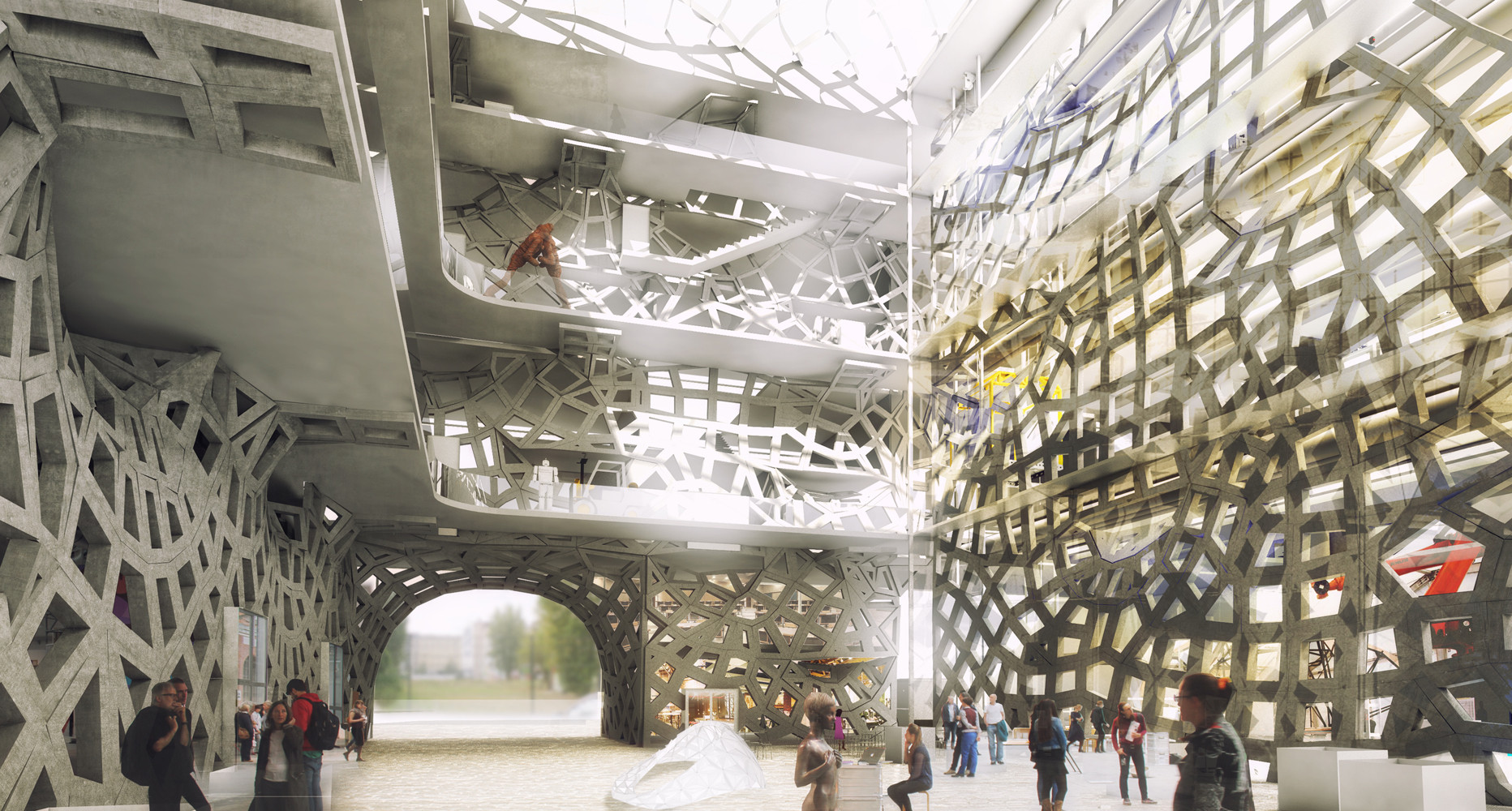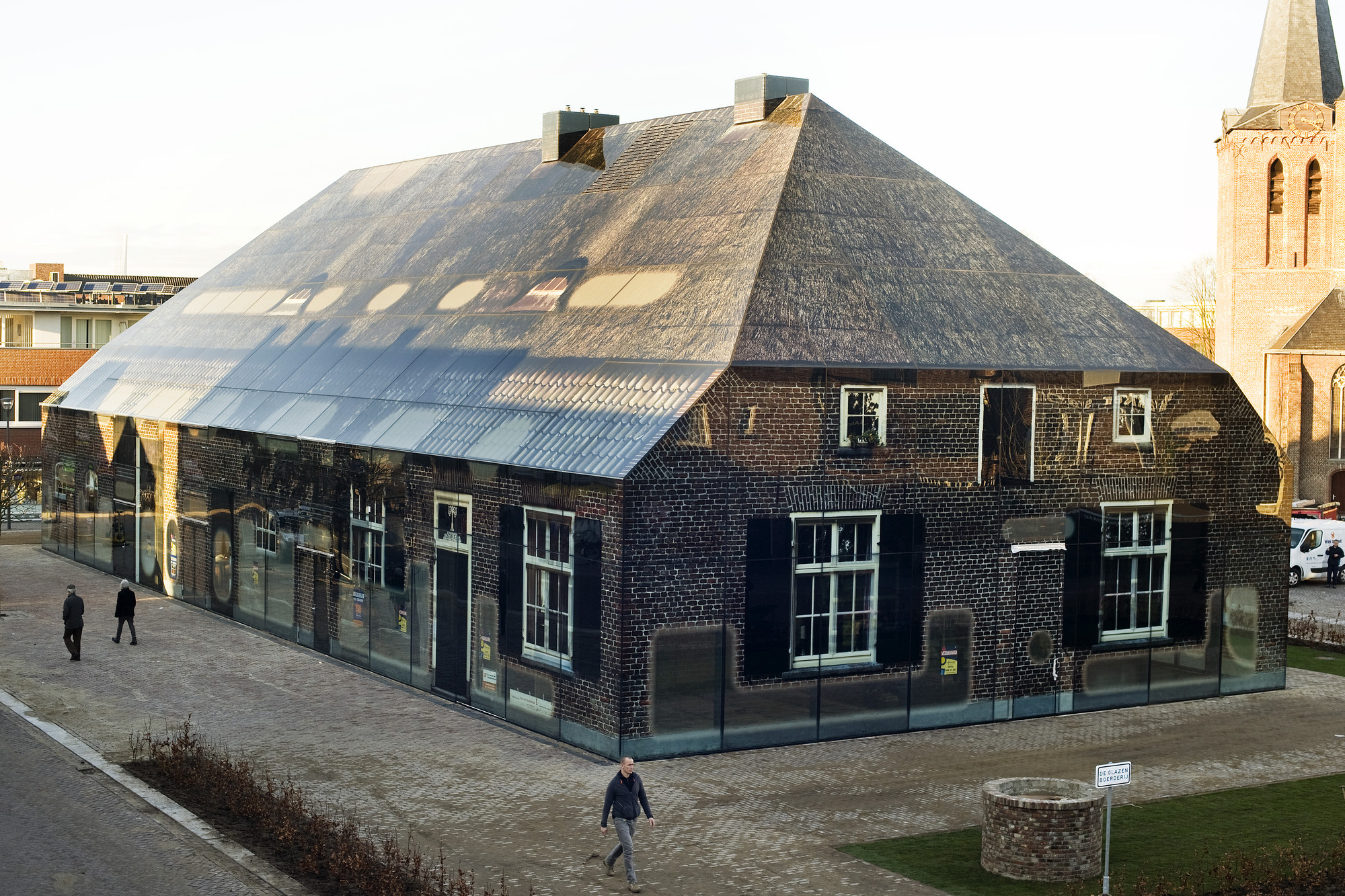
This past October Alejandro Zaera-Polo abruptly resigned from his position as Dean of Princeton’s School of Architecture amidst plagiarism rumors. The resignation, requested by University President Christopher Eisgruber, was the result of Zaera-Polo's removal of citations from his contribution to the “Facade” section of the Elements of Architecture exhibition at the 2014 Venice Biennale.
Claiming the rumors to be “demonstrably false,” Zaera-Polo has issued a “clarifying statement” outlining the purpose of his Biennale text to be polemic, and nonacademic, therefore it did not breach “any moral, ethical, or other applicable standards.” An email in support of Zaera-Polo sent by Rem Koolhaas to Eisgruber three days before the resignation has also released, denouncing any wrongdoing from Koolhaas’ perspective as the Biennale’s director.
Read Koolhaas' email, Zaera-Polo's clarification statement and a response from Princeton in full, after the break.




















































